Continuing our Flower Power Series….
Hibiscus
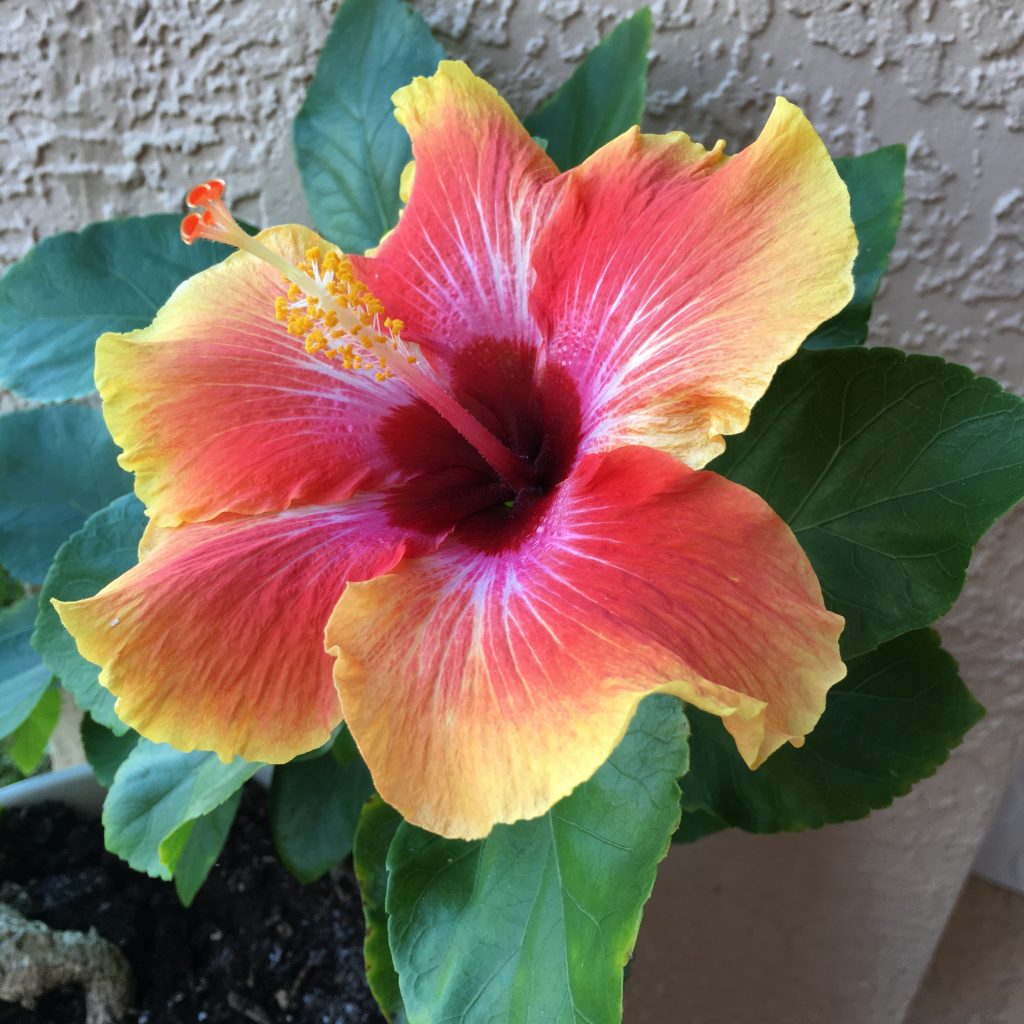
A stunning exotic plant, the hibiscus first emerged from tropical areas of the world such as Hawaii, Fiji, China, India and Madagascar. It is generally believed a total of eight species originating from these locations and gave rise to the now approximately 300 species (and many more hybrid offspring).
Hibiscus belongs to the large flowering plant family called Malvaceae (nicknamed the “mallows”) which contains over 4,000 known species. Some of this family’s members are intriguing: okra, cacao, cotton, hollyhock, the linden tree and mallow. The name hibiscus is from the Greek word hibiskos which means marshmallow and is said to have been chosen by a botanist who was also a doctor in the Roman army. And yes, it is true (although no longer a practice) the first marshmallows were made from the mallow plant (Athaea officinalis) which grows wild in marshes.
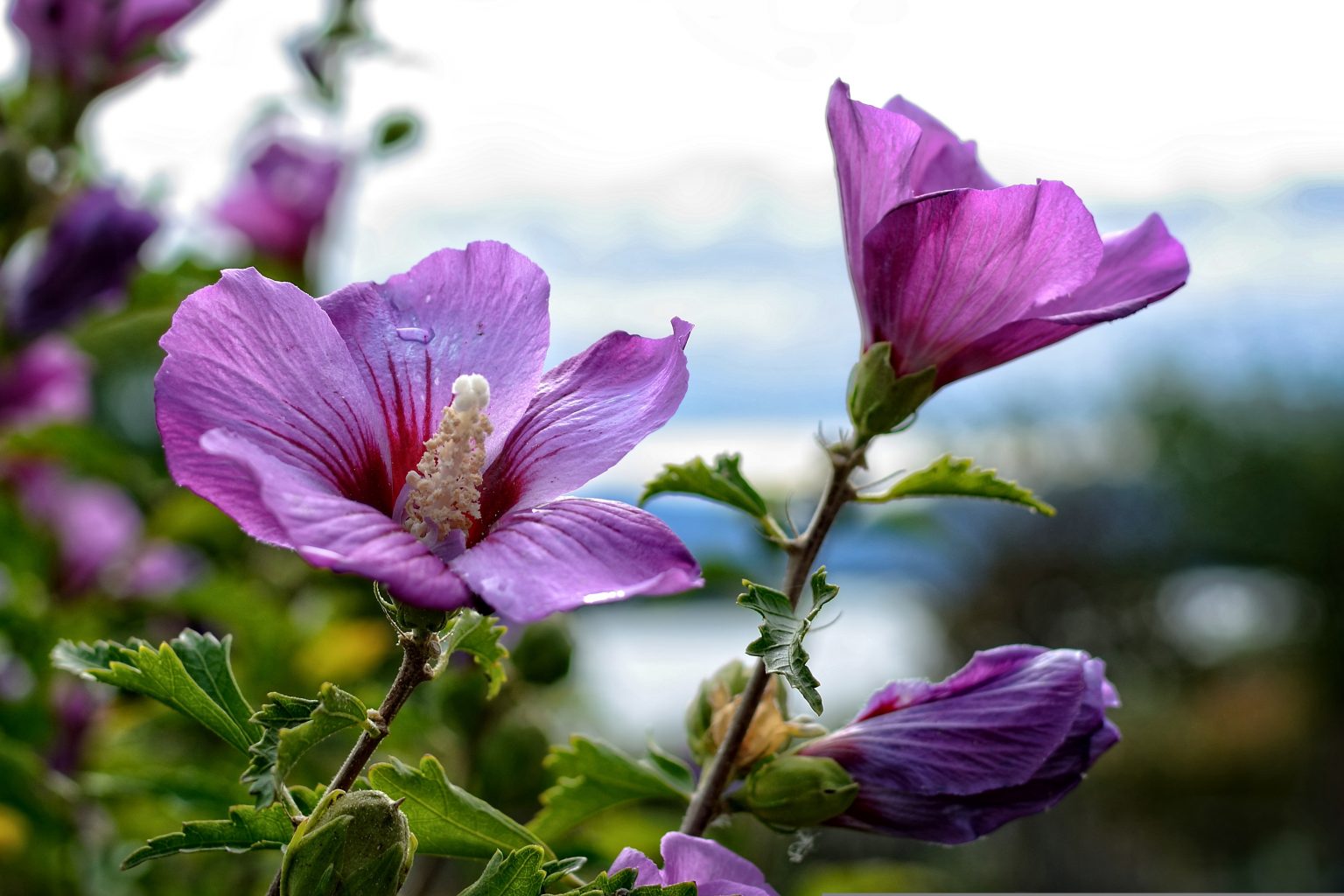
The hibiscus species include annuals, perennials, shrubs and trees. Tropical hibiscus varieties are native to warm-temperate, subtropical and tropical regions and are not able to adjust outdoors as perennials in the cold zones of the world.
Not to worry though, for our cooler climates there are hardy hibiscus varieties. Some of these are deciduous, meaning a woody stem which loses its foliage in the winter, growing back in the summer (see Orchid Satin Hibiscus pictured above for example). Plus, for those who would like to experience their beauty more closely, there are other varieties such as the Chinese hibiscus (rosa-sinensis) which are popular as indoor plants.
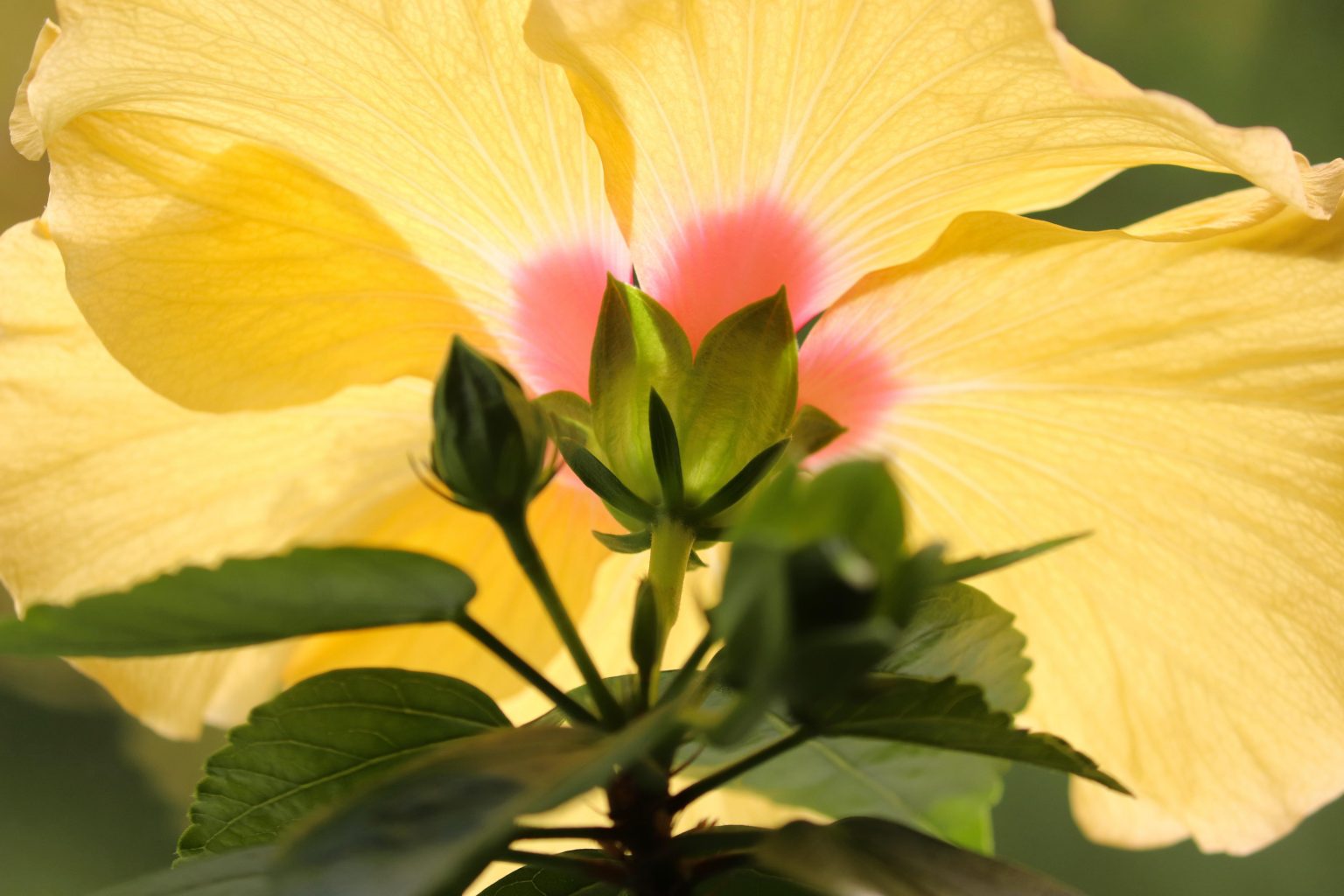
Many people associate the hibiscus flower with the hospitality of tropical locations. It has been the official flower of Malaysia since 1960, even being imprinted on their currency. It is also the unofficial national flower of Haiti and the yellow hibiscus is the state flower in Hawaii, often worn ornamentally in a “lei” (garland or wreath to be presented to those arriving or leaving Hawaii).
Polynesian women in former times used to wear a hibiscus flower in their hair on the left or right side to indicate whether they were married or looking for a partner. In the Hindu religion, offerings of hibiscus are presented to the goddess of preservation, transformation and destruction called Kali. Bunches of hibiscus blossoms are set to floating down the Ganges River in her honor.
In Japanese culture the hibiscus flower has the simplest meaning of all their flowers, gentleness. Like the Hawaiian custom, the Japanese often use the yellow variety as hospitality gifts for visitors. In Victorian times when flowers were utilized as a covert way of conveying messages without words, the giver intended the recipient of a hibiscus flower to receive the complimentary message they were thought as beautiful and/or worthy.
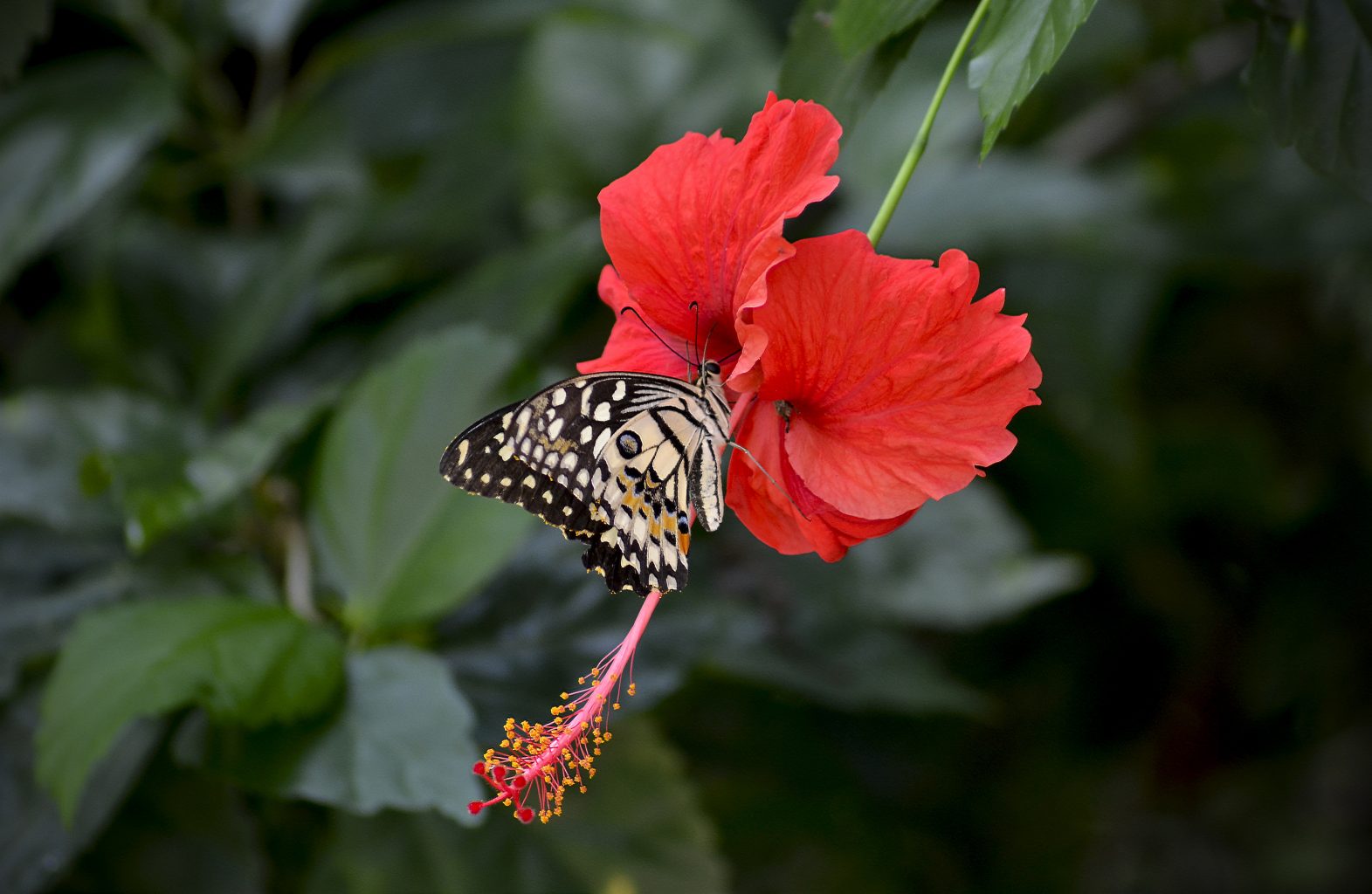
The global appreciation of Hibiscus is not limited to its lush beauty. There are an astounding number of practical uses for this amazing plant, apart from decoration and delighting bees, hummingbirds and other pollinators. The flower has been used as a natural food coloring and there are still many simple do-it-yourself instructions for using the flowers to extract dye pigment for coloring fabric or clothing. In parts of China, it is used to color hair (a practice which is apparently gaining popularity world wide).
Hibiscus has been called the “shoe flower” because it was found rubbing the flower directly on the shoe polished the leather by restoring its natural luster. For decades hibiscus was also used for blackening shoes because, as the decaying flowers are crushed, they release a dark purplish liquid.
There are species of hibiscus which provide fibers used in paper making. Some species’ fibers are similar to jute and used to make Polynesian grass skirts, rope, twine, rugs and other textiles. There is even a species in Polynesia which supplies woody fibers used to construct canoes.
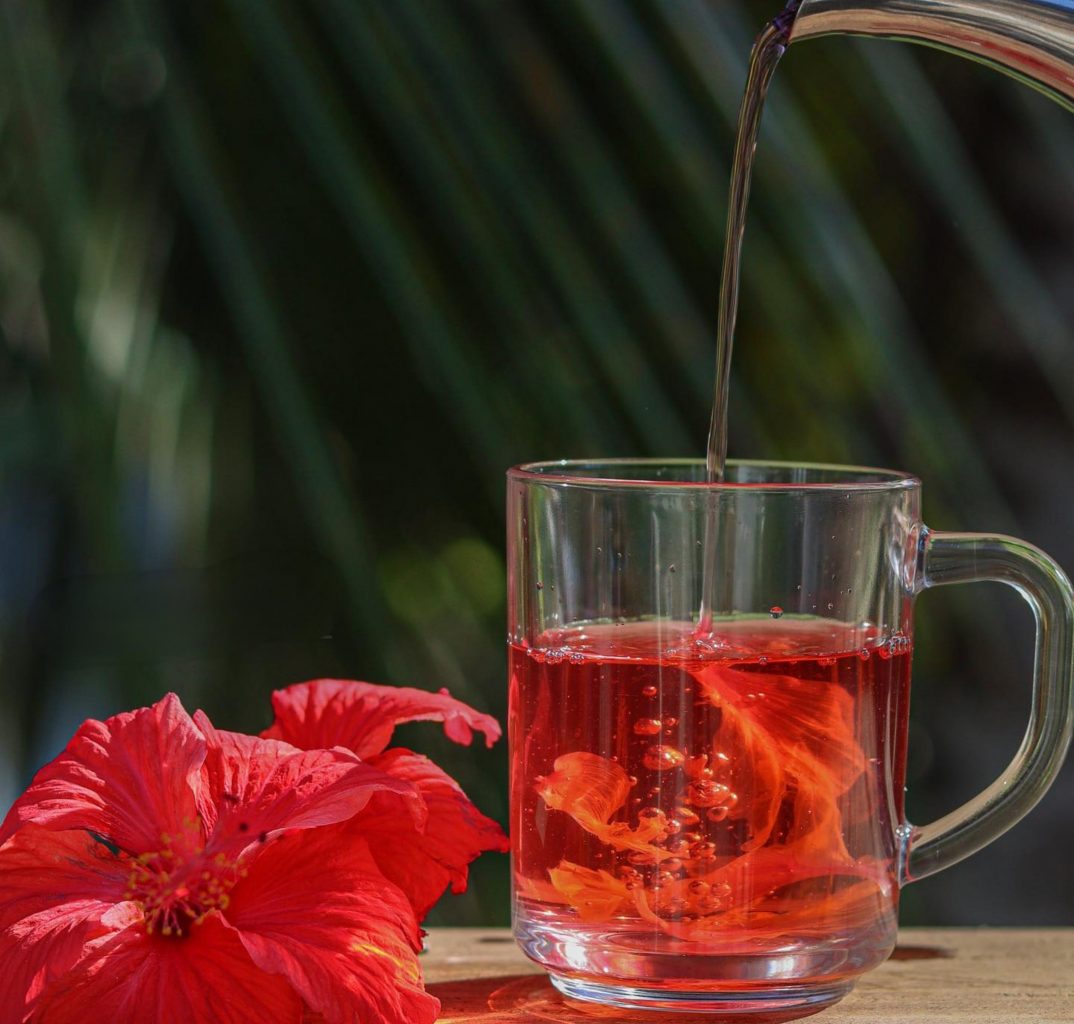
We have not even yet scratched the surface of all the ways hibiscus has been utilized! The lists of culinary and medicinal uses are extensive and outside the scope of this article. We’ll lightly land on a few of these.
As seen above, hibiscus flowers are often included in various hot and cold beverages because of its wonderful tart flavor and high Vitamin C content. The red variety is most common (somewhat like cranberries) but there are a few other colors such as beige, yellow or rose. Apparently, the color does not really affect the taste except the lighter tends to be tarter and the dark fuller bodied.
One note, it is not really the flower petals that are used, but the portion called the calyx – the part of the plant that protects the bud and supports the petal once they bloom. There is a species called Hibiscus sabdariffa, also known as roselle in which the calyxes, leaves and flower petals are all edible. Sauces, purees, sugars, jams and many treats are a few possibilities with the calyx. The leaves can also be used for tea or added to anything from sauces and stews to salads or soups. The flowers have a tangy citrus taste and are often sold as a gourmet item, perhaps stuffed with soft cheese. Dried hibiscus is a delicacy in Mexico.
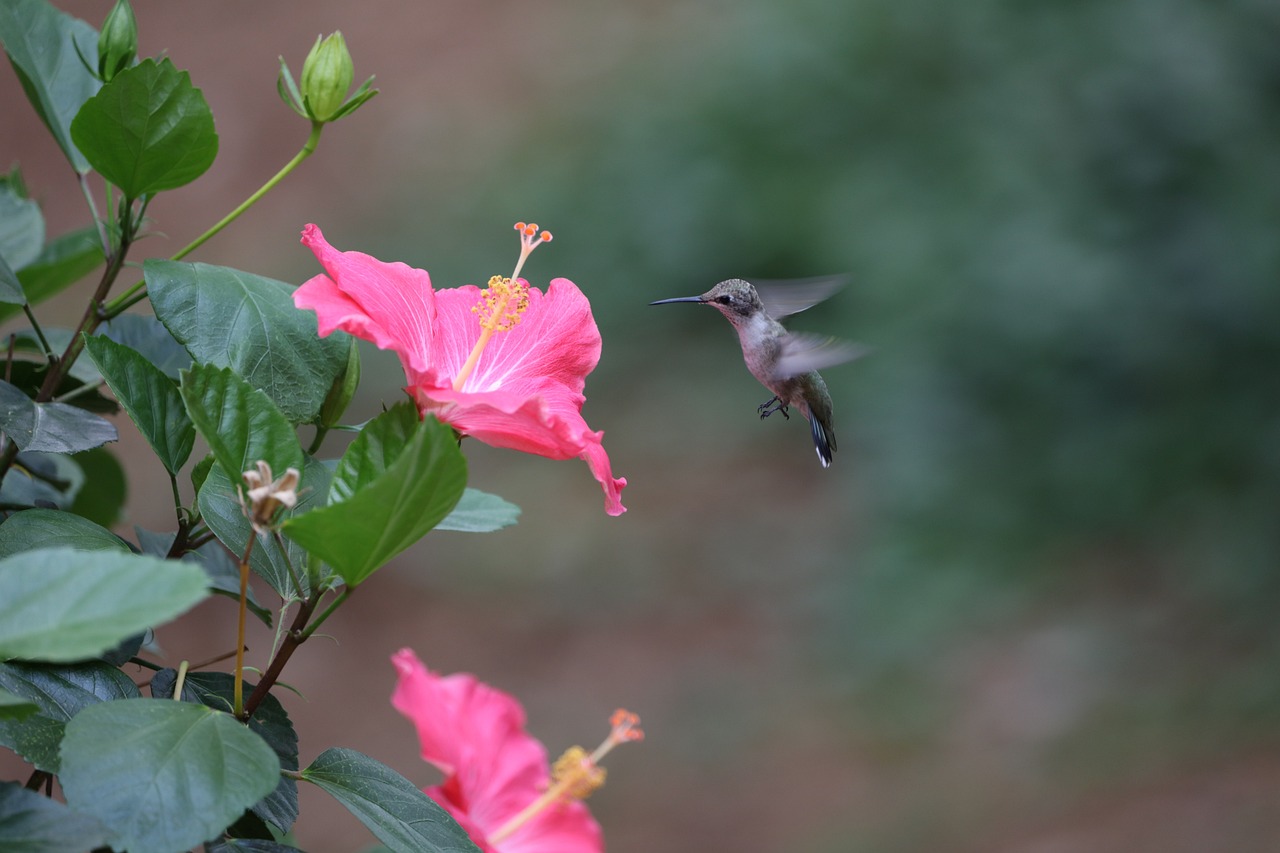
In Traditional Chinese Medicine hibiscus leaves are called Fu Rong Ye, categorized as an herb that cools the blood and the organ affinity is Liver and Lung. These are harvested from the Hibiscus rosa-sinensis (see above image). The leaves are collected, dried and TCM practitioners use them along with other ingredients to help bring balance to the body.
According to TCM, when one’s body has too much internal heat, there may be a deficiency of “yin” (which is cold in nature). Hibiscus leaves tend to be cold or neutral in nature, capable of adding soothing coolness. The pungent taste is also important to the “Five Phase” theory of Chinese medicine because pungent ingredients help promote circulation of Qi and body fluids. This is why Hibiscus is often included in medicines that cool the blood, relive edema, stop pain and clear the lung heat.
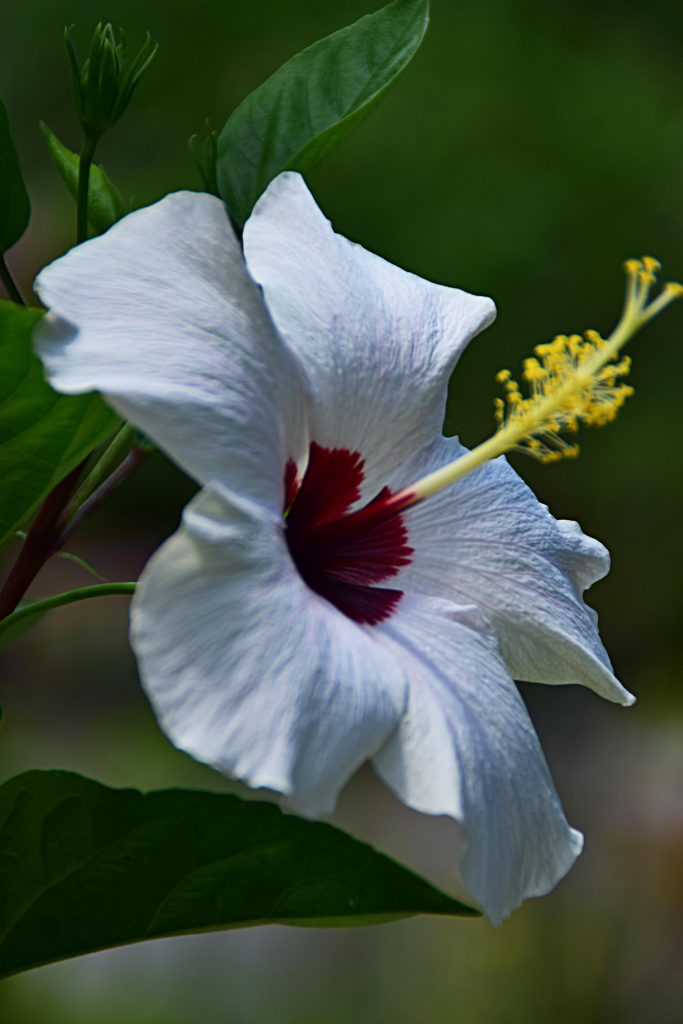
On a global level hibiscus has been associated with beauty and youthfulness. One way you may enter into a more intimate relationship with hibiscus is through its chemical components which help to enhance and preserve human beauty and youthfulness. The dried, powdered flowers have been used in a wide range of cosmetics and beauty products such as shampoos, conditioners, facial scrubs, lotions, soap, bath bombs and many more.
Skin care researchers have accomplished through extensive study that hibiscus contains components that fight aging, improves skin tone, hydrates, cleanses and tightening skin pores, among other things (but caution to use it under advice of experts or your doctor).
Hibiscus flowers may bloom once a year for 2 – 3 weeks and the flowers may last for only 1 – 3 days but, after reading all they have offered and continue to offer the world, we hope this helps you find a way to a relationship with them.
